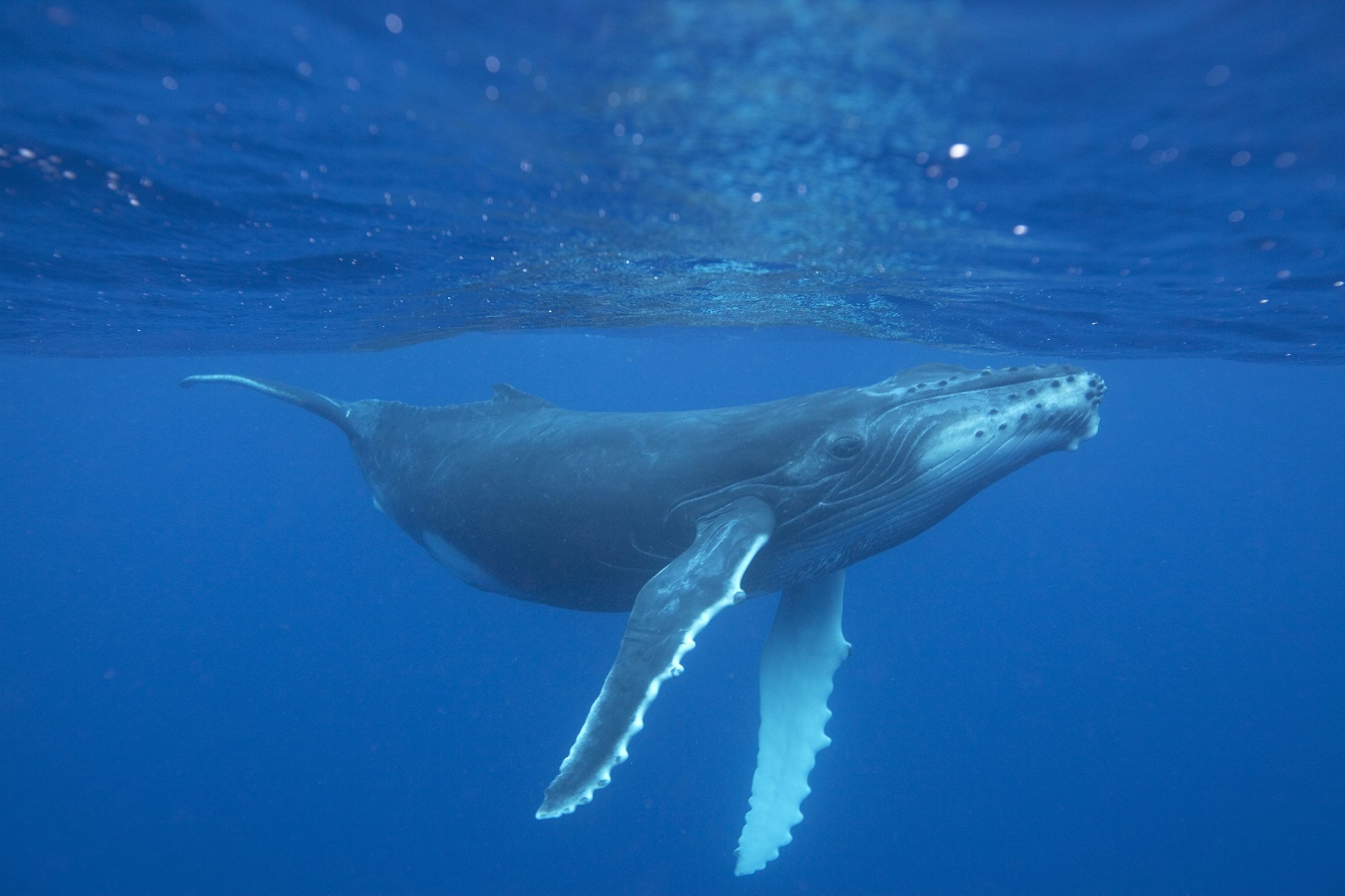
Whales, the largest mammals on Earth, have captivated human imagination for centuries. Their sheer size, intelligence, and the mysterious depths of the oceans they inhabit make them a subject of endless fascination. Ranging from the immense blue whale to the agile dolphin, the cetacean family, which includes all whales, dolphins, and porpoises, showcases remarkable diversity and adaptability.
The blue whale, the largest animal ever known to have lived on Earth, can reach lengths of up to 100 feet and weigh as much as 200 tons. Their tongues alone can weigh as much as an elephant, and their hearts are comparable in size to a small car. Despite their colossal size, blue whales primarily feed on tiny krill, consuming up to 4 tons of these small crustaceans each day during feeding season.
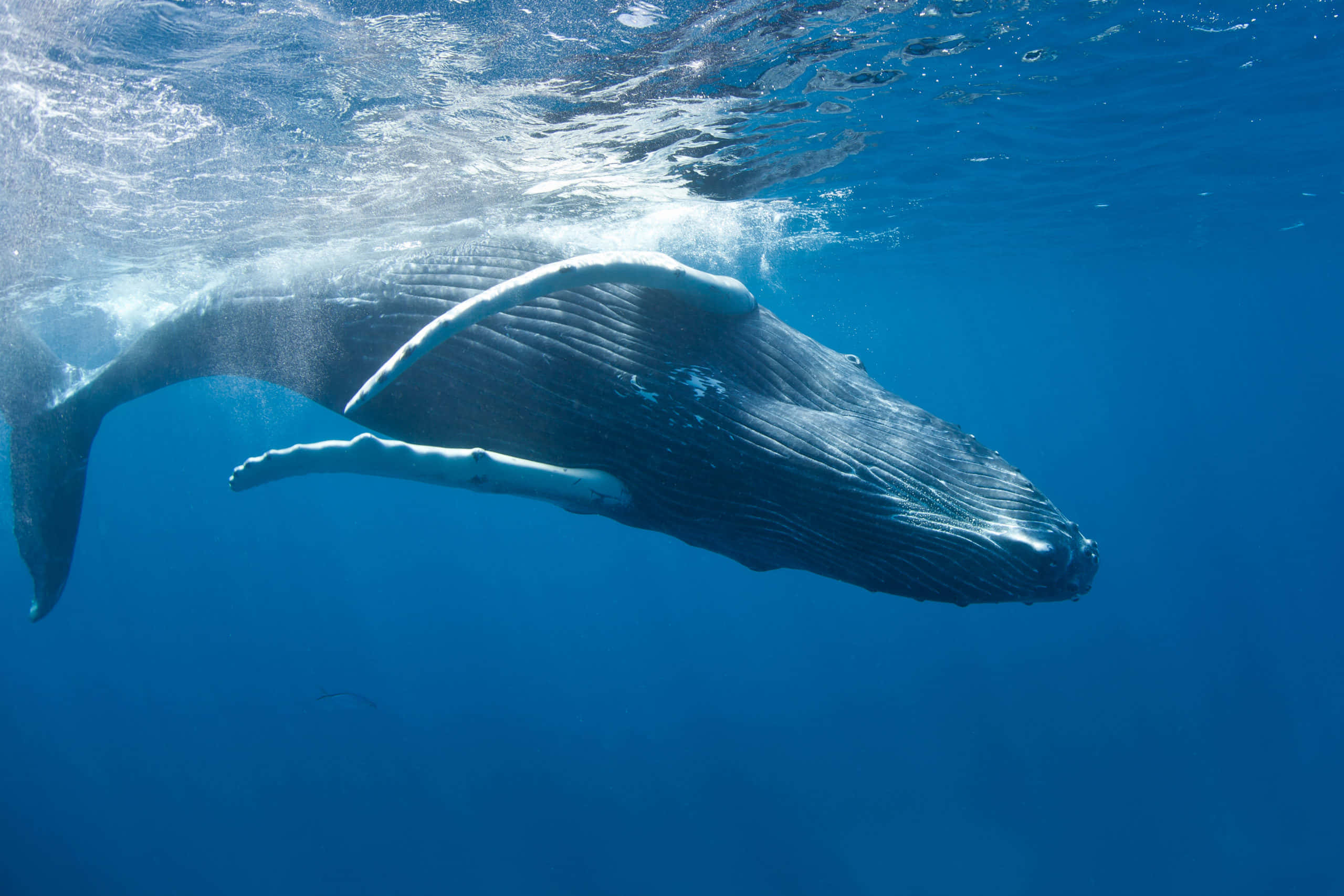
Orcas, or killer whales, are another fascinating member of the whale family. They are apex predators, meaning they have no natural predators. Orcas are known for their complex social structures and sophisticated hunting techniques, which they pass down through generations. They hunt in pods, working together to herd fish into tight balls or to knock seals off ice floes. Their communication skills are advanced, with each pod having its own unique dialect of clicks and whistles.
Humpback whales are renowned for their acrobatic breaches and complex songs. These songs, which can last for up to 20 minutes and be heard for miles underwater, are still not fully understood by scientists. Some believe they play a role in mating, while others think they may help with navigation or communication over long distances. Humpbacks migrate vast distances each year, traveling from feeding grounds in polar waters to breeding grounds in tropical or subtropical waters.
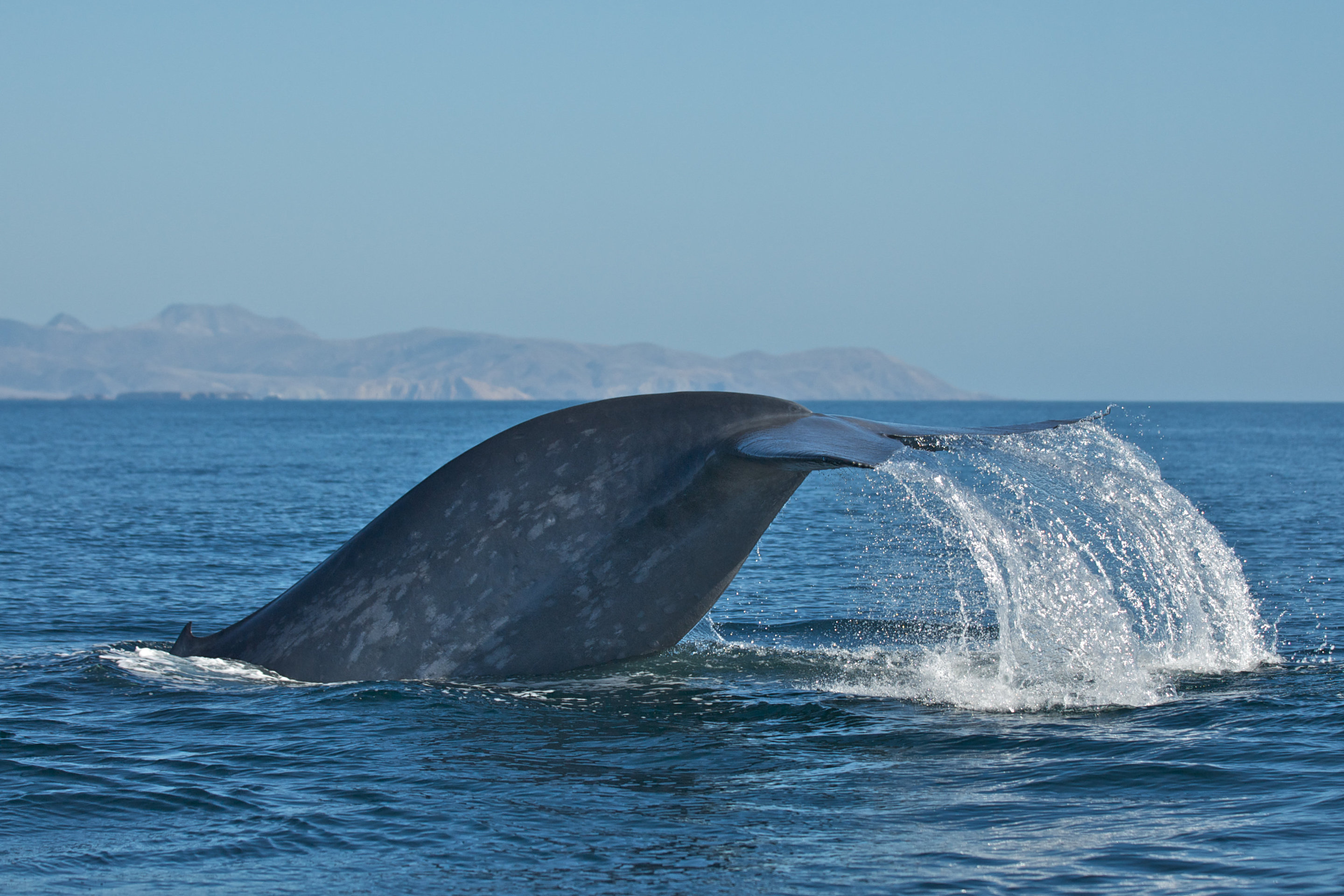
Whales play a crucial role in marine ecosystems. As they dive deep and surface, they help circulate nutrients through the water column. Their fecal matter is rich in iron and nitrogen, which promotes the growth of phytoplankton, the base of the marine food web. This process, known as the “whale pump,” significantly contributes to the health of ocean ecosystems.
The relationship between humans and whales has a long and complex history. For centuries, whales were hunted for their oil, blubber, and baleen. Whale oil was used for lighting lamps, making soap, and even as a lubricant. Baleen, the filter-feeding system inside the mouths of some whales, was used in products like corsets and buggy whips. This exploitation led to the near-extinction of several whale species by the mid-20th century.
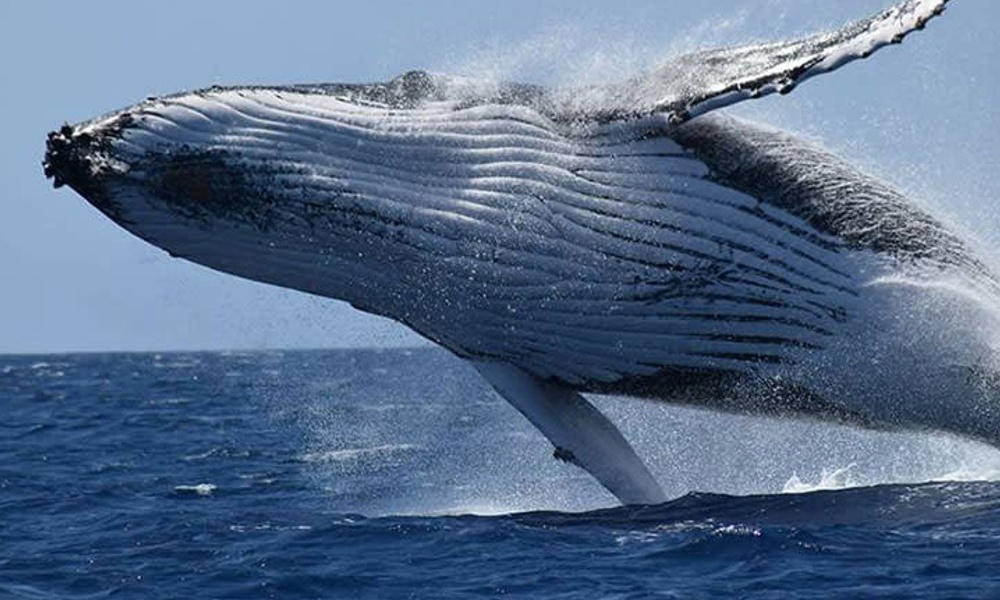
The modern conservation movement has significantly changed the fate of whales. The International Whaling Commission (IWC) imposed a moratorium on commercial whaling in 1986, which has helped some whale populations to recover. However, whaling still occurs in some countries, often under the guise of scientific research or cultural tradition. Moreover, whales face numerous other threats, including entanglement in fishing gear, ship strikes, pollution, and climate change.
One of the most pressing threats to whales today is noise pollution. Whales rely on sound for navigation, communication, and hunting. The increasing noise from shipping, drilling, and military activities disrupts these vital behaviors, sometimes leading to fatal consequences. Efforts are being made to create quieter ship technologies and to implement marine protected areas where human activities are restricted.
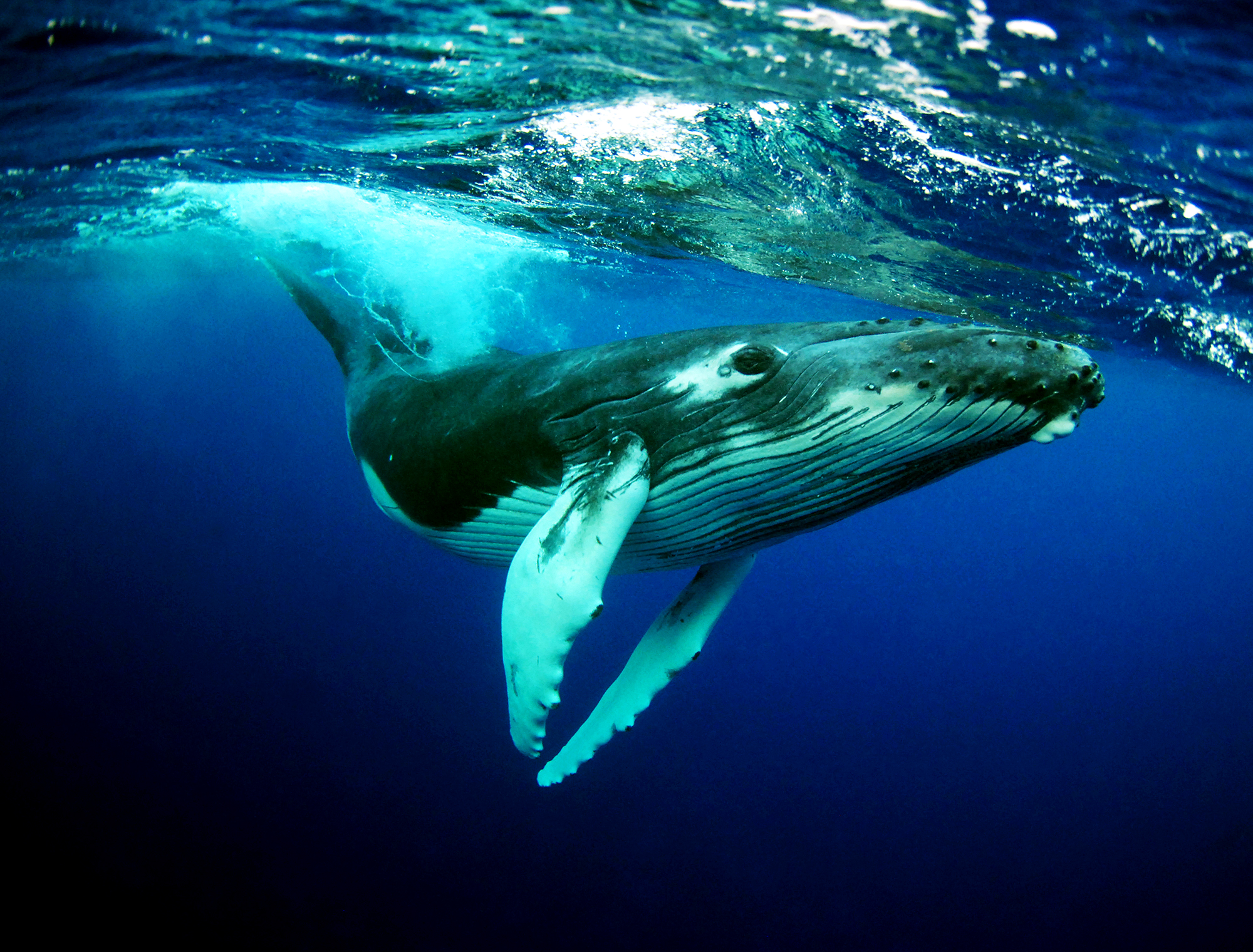
Climate change is another significant threat. As sea temperatures rise and ice caps melt, the distribution of prey species changes, which in turn affects whale populations. Some species may find it harder to find food, while others may face increased competition. Additionally, the acidification of oceans, a result of increased carbon dioxide absorption, poses a threat to the entire marine food web.
Despite these challenges, there are reasons for optimism. Advances in technology are providing new ways to study and protect whales. Drones and satellite tracking are giving scientists unprecedented insights into whale behavior and migration patterns. Public awareness and support for whale conservation are also growing, driven by the efforts of organizations like the Whale and Dolphin Conservation (WDC) and Greenpeace.
![]()
Ecotourism is playing a positive role as well. Whale watching tours not only provide economic benefits to coastal communities but also raise awareness about the importance of conservation. Seeing a whale breach or hearing its song in person can be a transformative experience, fostering a deeper connection to the natural world.
In conclusion, whales are magnificent creatures that play an essential role in the health of our oceans. While they face significant threats from human activities, ongoing conservation efforts and advances in technology offer hope for their future. Protecting whales is not just about saving a single species; it’s about preserving the balance of marine ecosystems and, ultimately, the health of our planet. The awe and wonder that whales inspire in us remind us of the importance of respecting and protecting the natural world.